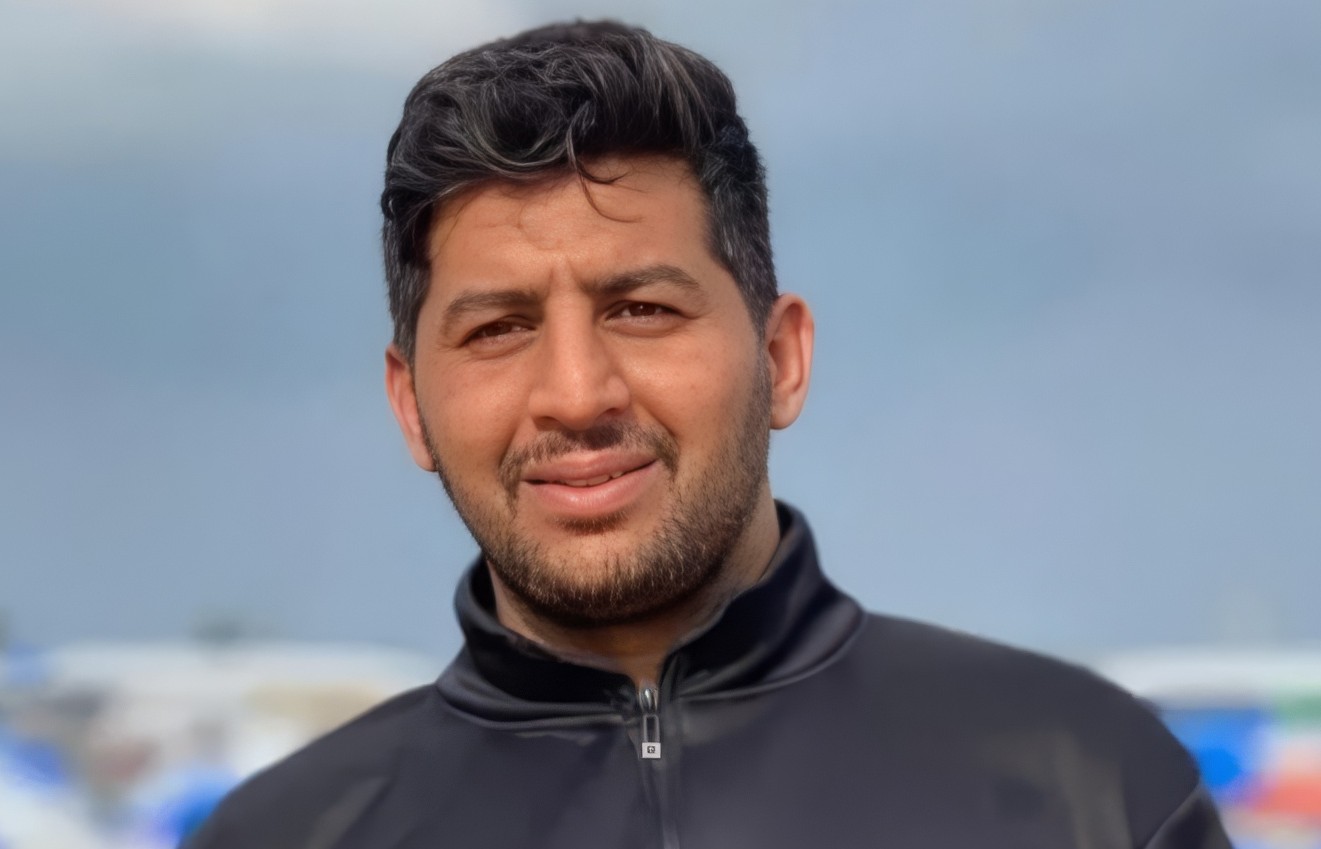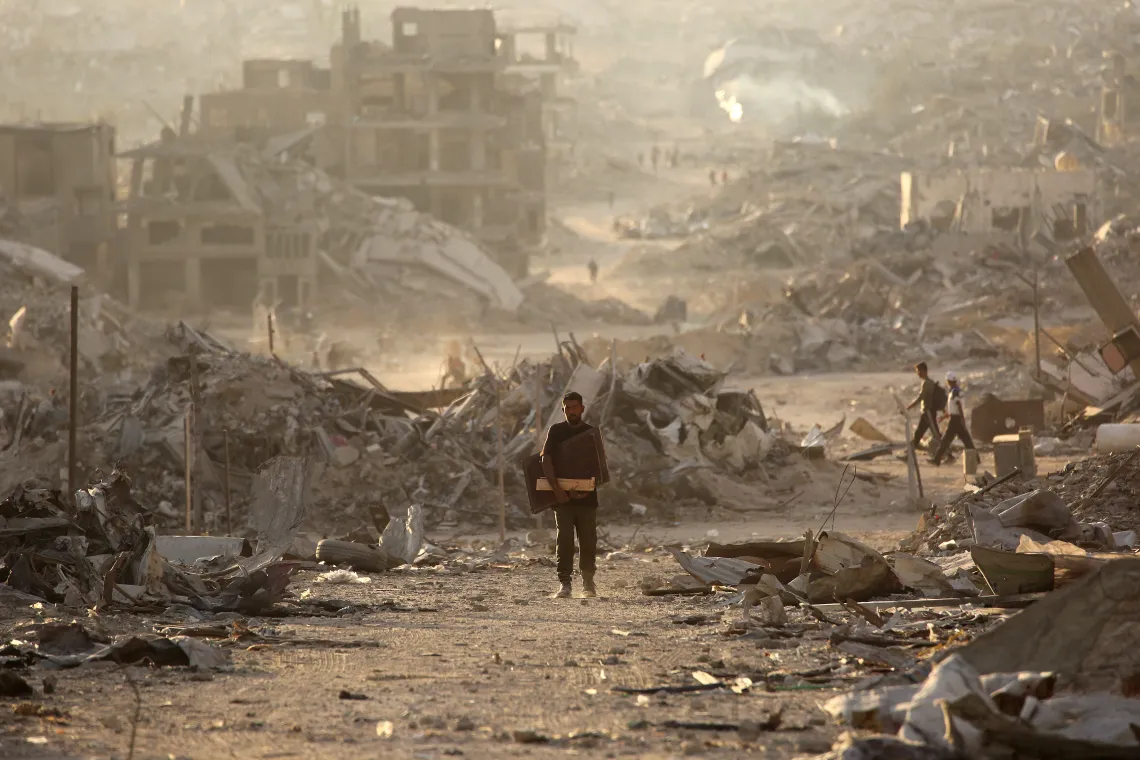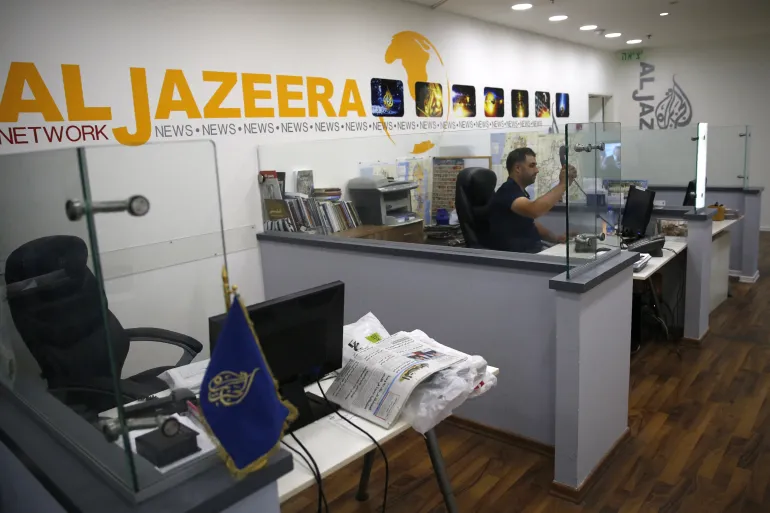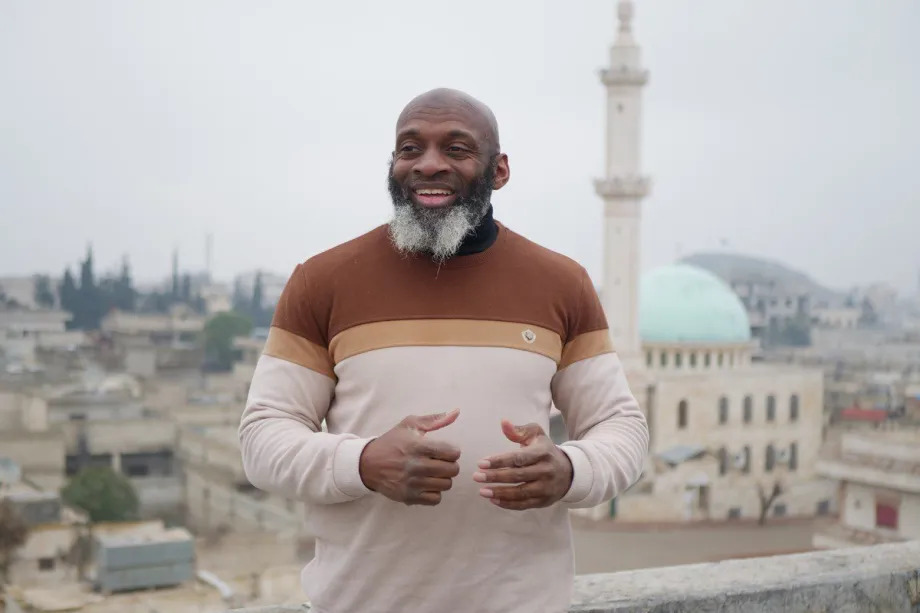
Mel Booth Honoured With a Named Press Box at Huddersfield Town AFC
October 21, 2025
Palestinian Journalist Ahmad Abu Mutayr Killed in Israeli Attack Despite Ceasefire
October 21, 2025October 21, 2025 – Palestine –
A fragile ceasefire that began on 10 October 2025 has eased large-scale combat in Gaza and the West Bank, yet journalists in both areas continue to face severe dangers. The Committee to Protect Journalists (CPJ) reports that despite reduced bombardments, attacks, arrests, and harassment of reporters persist.
In Gaza, two journalists were killed and another was injured since the ceasefire took effect. One succumbed to gunfire amid internal armed clashes in Gaza City, and another died in an airstrike at a media production facility. Meanwhile, in the West Bank, five journalists were assaulted, one was detained, and foreign press remain under deportation or restricted access.
A major concern remains Israel’s ban on international media entering Gaza, forcing local journalists to bear sole responsibility for coverage. This has left them isolated, overstretched, and underresourced. Journalists report self-censorship in sensitive zones, fear of kidnappings or attacks by armed groups, and limited ability to file freedom-of-information requests or challenge official narratives.
In the West Bank, media professionals cite settler violence, military harassment, and systemic access limitations as key threats. Reporters describe how coverage of Palestinian agricultural events or checkpoint zones increasingly incurs physical risk and official restrictions.
CPJ emphasizes that the pause in open warfare should not be seen as a restoration of reporter safety. Even outside full combat, journalists continue to function in a climate of threat and restricted operational freedom. They argue that international actors, media houses, and humanitarian organizations must press for strengthened protections—not only for foreign correspondents but for local ones who remain on the front lines of documentation.
The situation underscores how a ceasefire—while reducing violence—is insufficient to guarantee press safety or freedom. It points to a broader context in which journalists in conflict zones operate under protracted duress, lack support, and face persistent vulnerability. The call now is for accountability, unfettered access, and structural safeguards to ensure that the media can function as a watchdog rather than become a silent casualty.
Reference –
Ceasefire brings some calm but not safety for journalists in Gaza, West Bank




